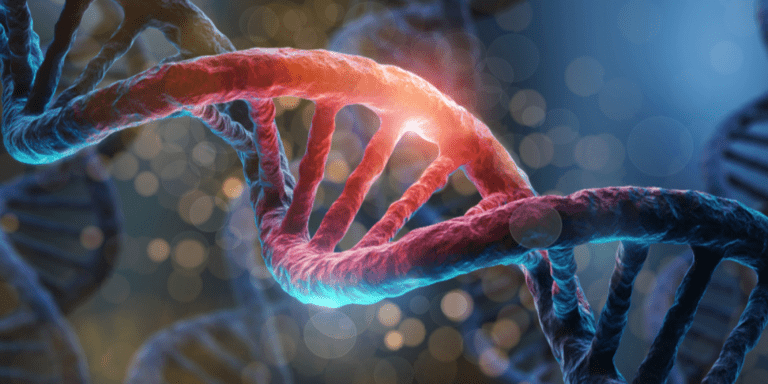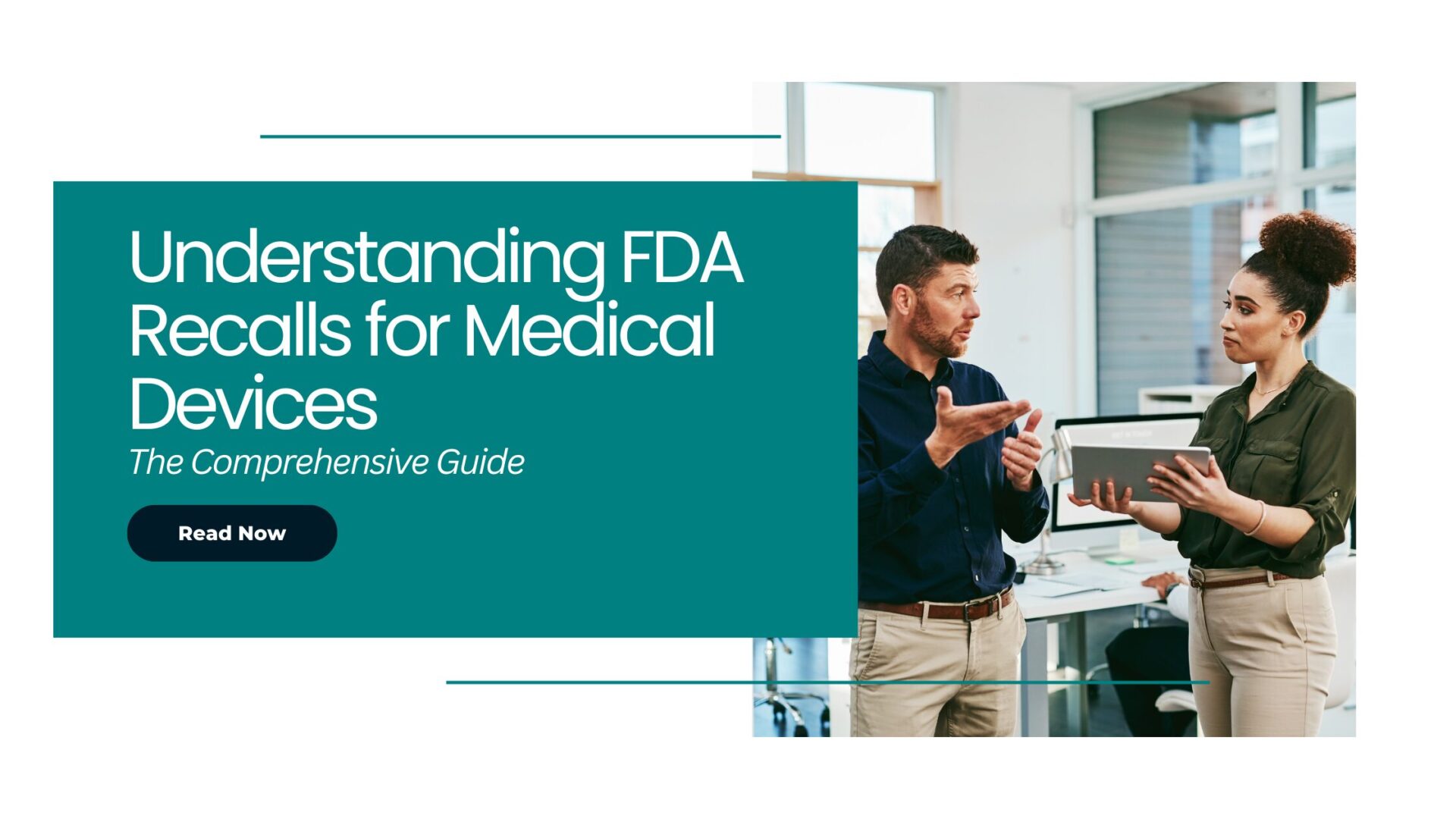The market for biologics is expanding, and it is foreseen that it will grow at a Compound Annual Growth Rate (CAGR) of 9.22% during the subsequent five years. The COVID-19 pandemic had a considerable effect on the market, and there was a massive demand for biologics, which significantly fueled the market expansion. Since the COVID vaccinations elicited a diverse immune response with a range of antibodies and cells, it was expected that they could still provide minimum partial resistance against novel viral strains. The significant expenditure on R&D for COVID-19 treatment was a major factor in the expansion of the biologics industry during the pandemic. Despite the end of the pandemic, it is anticipated that demand for biologics will expand in the years to come, as their importance has been realized and continues to grow for many therapies.
- What are Biologics Products?
Biological products are large, complex chemicals that are produced by implementing biotechnology in a living system, such as a bacterium, plant cell, or animal cell. These products are regulated by the Center for Biologics Evaluation and Research (CBER) at the FDA. Biological products are different from pharmaceuticals in several ways, however, products are often misconceived to be a drug or a pharmaceutical product. When compared to small molecules the characterization and manufacturing of a biological product is difficult due to their intrinsic nature. Within the manufacturing process, slight variations between manufactured lots/batches of the same biological product are common and expected. Biologics are of different kinds and each has their own unique notable characteristics.
- What are the types of Biologics?
Blood & Blood Products
Any therapeutic material obtained from human blood is referred to as a “blood product,” including whole blood, various blood components used in transfusions, and pharmaceuticals made from plasma. The CBER establishes and supports quality standards, inspects blood facilities, and records reports of mistakes, mishaps, and negative clinical outcomes. Some of the approved blood products are:
- Fractionated Plasma Products
- Blood Donor Screening
- Blood Grouping and Phenotyping Reagents

Cellular & Gene Therapy Products
Cellular therapy products include cellular immunotherapies, cancer vaccines, and various autologous and allogeneic cell types such as hematopoietic & embryonic stem cells. Human gene therapy seeks to alter a gene’s expression or the biological characteristics of live cells for therapeutic reasons. Some of the approved gene therapy products are:
- BREYANZI for treating large B-cell lymphoma in adults
- ADSTILADRIN for treating Bacillus Calmette-Guérin (BCG)-resistant bladder cancer in adults
Tissue & Tissue Products
Human recipients are capable of obtaining living tissues and tissue-based products that are intended for implantation, transplantation, infusion, or transfer. Skin, corneas, ligaments, bones, tendons, heart valves, oocytes, semen, dura mater, hematopoietic stem/progenitor cells from peripheral and cord blood, are a few examples of these tissues.
Vaccines
Vaccines are substances that activate the body’s defenses against illness. Most of them are given by needle injection, although others can also be taken by mouth or sprayed up the nose. To assure their safety, effectiveness, purity, and potency, vaccines are subject to a rigorous assessment of laboratory and clinical data, just like all other goods covered by FDA regulations. Additional studies may be required for vaccines that have been given marketing approval in order to assess the vaccine further and frequently address particular concerns regarding its safety, efficacy, or potential side effects. Some of the approved vaccine products are:
- Tuberculin, Purified Protein Derivative – Aplisol
- Tuberculin, Purified Protein Derivative – Tubersol

Xenotransplantation Products
Xenotransplantation is the term for any process in which live nonhuman animal cells, tissues, or organs are implanted, infused, or transplanted into a human recipient. The demand for human organs for clinical transplantation outstrips the supply, which has contributed to the growth of xenotransplantation. Some of the xenotransplantation products are:
- Zcore™ Porcine Xenograft
- OASIS® Matrix: Porcine small intestine submucosa xenograft
- How are Biologics products regulated in the US?
As we know the FDA’s primary center for biologic and related product regulation is the CBER. The Office of Blood Research and Review (OBRR), the Office of Cellular, Tissue, and Gene Therapies (OCTGT), and the Office of Vaccine Research and Review (OVRR) are the three main review offices within CBER. In order to introduce or deliver a novel biological product to the market, a company must submit a Biologics License Application (BLA) to the U.S. Food and Drug Administration (FDA). In addition to other crucial data required for the FDA to evaluate and confirm a biologic’s safety and efficacy, and ultimately approve it, a BLA comprises the data that researchers have obtained on a biologic during trials and testing. Any legal entity or individual involved in manufacturing or a license applicant who accepts responsibility for adhering to the establishment and product standards must submit a BLA. The regulatory framework of BLA abides by 21 CFR 600–680, and Form 356h details their specifications. This includes:
- Applicant information
- Product/Manufacturing information
- Pre-clinical studies
- Clinical studies
- Labeling
Biologics are governed by the Federal Food, Drug, and Cosmetic (FD&C) Act and the Public Health Service (PHS) Act’s provisions. The PHS Act highlights the significance of effective manufacturing control for goods due to the complexity of producing and characterizing a biologic. A set of controls over every step of the manufacturing process is provided under the PHS Act. When there is a risk to the public’s health, the PHS Act also gives the authorities to quickly suspend permits.
- What are the kinds of testing needed for Biologics?
Contamination & Impurity Testing
Any drug development program depends on choosing the best contamination testing techniques. Before the biologic is approved for use in animals and people, contamination testing helps assure its safety, from preclinical lots to routine bulk harvest testing of clinical and commercial batches.
E.g.: Microbiology testing
GMP Stability Testing
Products including proteins, peptides, vectors, and plasmids are highly susceptible to environmental influences. To assess items in diverse environmental circumstances over a specific time period, stability testing studies are carried out. The findings establish the ideal conditions for drug substances and items to be stored and transported, as well as the ideal shelf life or retest period.
E.g.: Real-time and Accelerated Stability Testing
Viral Clearance Studies
A crucial component of a manufacturer’s approach to guarantee product safety is viral clearance studies. The ability of their purification and production methods to inactivate or eliminate viruses or TSE agents and guarantee product safety must be shown by manufacturers of products made from animal or human tissues.
E.g.: Low pH inactivation is effective against enveloped viruses
Comparability Testing
Through various forms of analytical and functional testing, a sponsor is able to show product comparability between a biological product produced following a manufacturing change, and a product produced before the modification’s adoption without the need for further clinical studies. If the findings of the comparison tests show that the manufacturing change had no impact on safety, identity, purity, or potency, the agency may decide that the two products are equivalent.
Potency Test
Potency is defined as the precise ability or capability of the product, as evidenced by relevant laboratory tests or by appropriately controlled clinical data collected through the administration of the product in the manner intended, to produce a given result.
Toxicology Study
Toxicology studies are used to describe the toxicity profile of a substance by determining how it affects organ functionality and/or structure. This entails determining the extent and reversibility of toxicity as well as the appropriate dose ranges and how they relate to exposure. In the end, these toxicological studies help in figuring out whether and to what extent the toxicity of the biologic is dose-dependent, species-specific, mechanism-related, and/or related to the delivery method.
Immunogenicity Study
The immunogenicity of protein-based products, or their propensity to trigger an unwanted immune response against themselves, is a significant issue. The activation of B cells, which create antibodies that attach to the proteins and lessen or remove their therapeutic benefits, is one type of immunological response. These antibodies may also result in consequences that are potentially fatal. Measuring a therapeutic product’s propensity to induce antibody production is therefore crucial to assessing its clinical safety and effectiveness. Immunogenicity testing measures the antibodies generated against our product, allowing us to determine efficacy and safety with confidence.
- Time and cost of a BLA approval?
The general principles for a BLA’s review timeline and approval procedure are as follows:
- The sponsor can request for a pre-BLA meeting with their review division to address any concerns and get immediate input within one year of submitting the BLA to the FDA.
- FDA must validate the dossier within 60 days of submission and then issue a filing letter informing the applicant of their choice to move forward with the review.
- After validation, the FDA has ten months to conduct its routine examination of the application’s contents.
- This period is shortened to six months if a sponsor is eligible for priority review.
- FDA will communicate with the sponsor after their review by sending either an approval letter or a detailed response letter
- An outline of the deficiencies that require the BLA to be amended is provided in a detailed response letter.
- The authorization letter gives the sponsor permission to produce and market their goods.
- The cost for a BLA is

Given the complexity of a Biologics product and its corresponding regulatory submission (BLA) it is of essence to involve the FDA at the right stage of product development and to discuss the validation plan before companies submit the application. The right extent, presentation and type of information submitted in a licensing application of a BLA goes a long way in getting timely approval. For any questions related to your upcoming biologics product please feel free to write to us at jennifer@elexes.com.





















